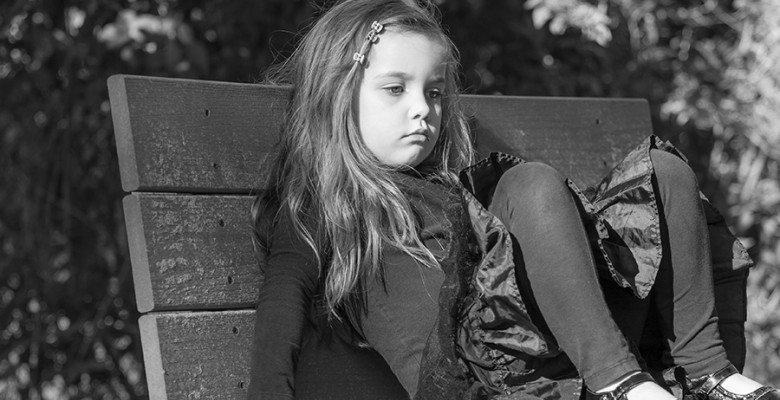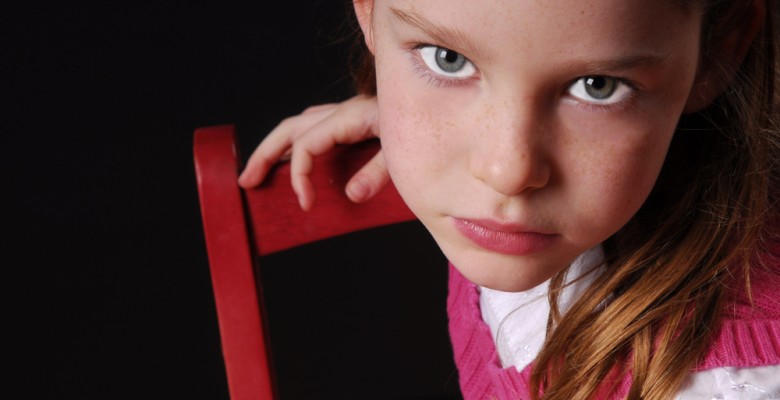One of the biggest complaints I hear from parents, and one I had to work through myself, is kids’ arguing over every little thing.
You ask your son to pick up his clothes off the bathroom floor and he launches into a series of questions like “Can I do it later?”, or “Why do I have to do that now?”, or he points out that his sister's room has clothes all over the floor, or he says he doesn't feel good, and on and on and on.
Eventually, you get fed up, raise your voice and shout "Just do it! Why do I have to repeat things over and over to you?!!!!" Your son burst into tears and stalks off, you feel guilty, and there goes your mood.
Monday, 22 February 2016.
Posted in Discipline
A common experience for many of us growing up was learning how to respond to certain cues we got from our parents regarding our behavior. For me, it was the single raised eyebrow that appeared on my mother's face when I was getting dangerously close to being in trouble. That eyebrow, which sometimes barely moved, was an unmistakable message that I had better move in a different direction or pay the consequences. It was a very potent nonverbal communication that my mother established with me early on, and even today, the family jokes about mom's raised eyebrow.
Friday, 08 November 2002.
Posted in Discipline
The "cooling off period" (Nelson, 1996) is an effective tool for putting some space between you and your children when emotions run high, and communication breaks down. Basically, the cooling off period is a "positive time-out" that allows everyone a chance to readjust emotionally so that constructive solutions can be found to problems. You can use the cooling off period to:
Saturday, 12 October 2002.
Posted in Discipline
Time-out is probably one of the most well known and widely used disciplinary techniques to emerge since the baby boom of the 50's. It was originally used as an alternative to spanking and other forms of corporal punishment, and became very popular with the advent of behaviorally oriented parenting programs. Today it is still considered a useful tool in the parents' bag of tricks, and it can be very effective if employed properly. We offer the following guidelines.
Saturday, 14 September 2002.
Posted in Discipline
A powerful tool for enhancing the parent-child relationship and building self-esteem is to provide children with "recognition" on a regular basis. Recognition can be offered in a variety of ways, however, is particularly effective when given verbally. Howard Glasser has developed four types of verbal recognition that are easy to use and take a minimum of time to employ.
Sunday, 18 August 2002.
Posted in Discipline


